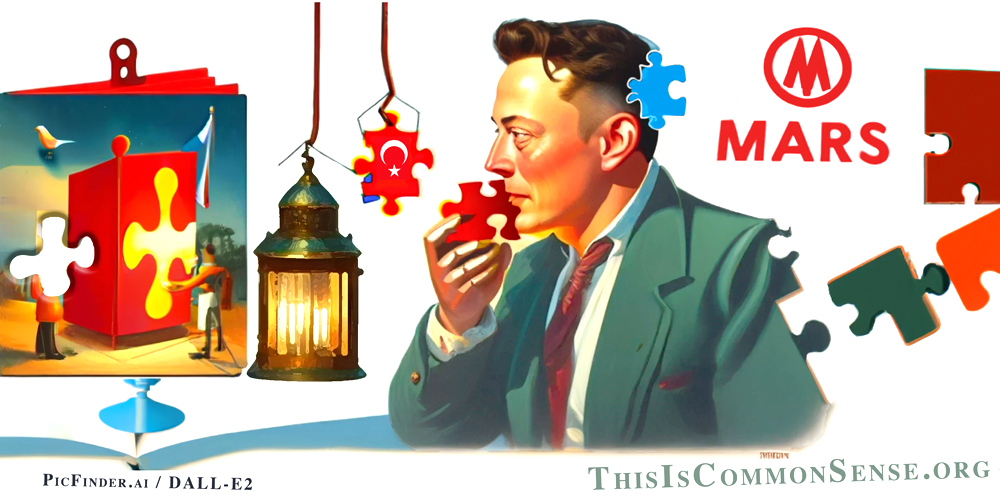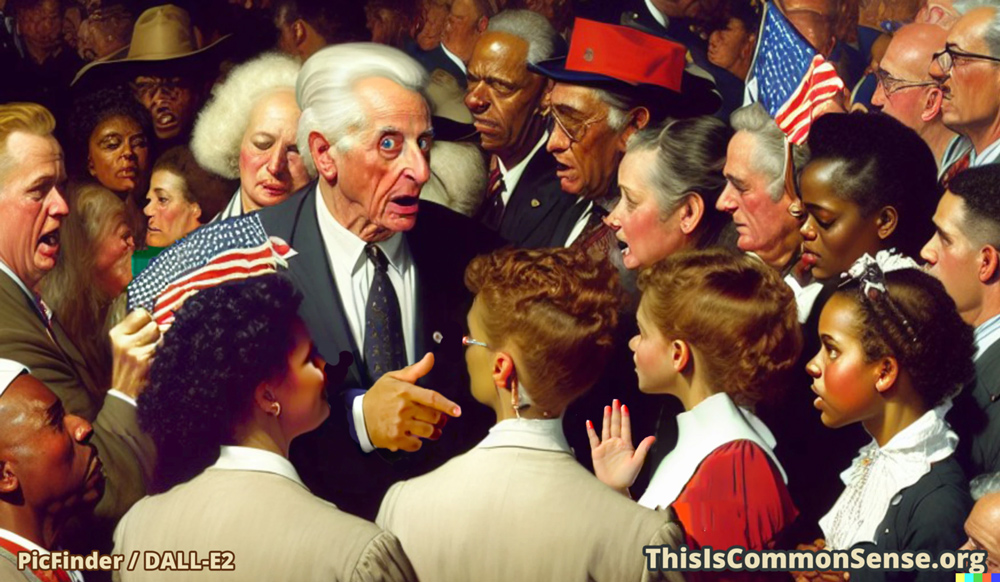In a fascinating if vexing article courtesy of Reuters, we learn that political violence has risen in recent years.
Not shocking news, to those paying attention, but still worth thinking about.
The article focuses on a few stories of politically motivated violence by individuals against individuals since the fateful day of January 6, 2021. This conveniently stacks the deck of partisanship, ruling out of consideration 2020’s mass violence and multiple deaths during the riots following George Floyd’s death. With this limitation, the majority of violence is from “the right” against “the left.”
But the article’s most interesting passage regards a recent poll about the acceptability of violence. There the breakdown evens out: “In a Reuters/Ipsos poll of nearly 4,500 registered voters in May, roughly 20% of both Democratic and Republican respondents called violence ‘acceptable’ if committed ‘to achieve my idea of a better society.’”
A similar poll last year shows that these acceptability-of-violence levels are on the rise.
Why?
One thing is perception of news media and thrust of the media.
On the right, folks have noticed that the news regularly lies and spins in favor of the center-left establishment — demonstrated repeatedly in the article with what Reuters considers accepted facts. On the left, folks who trust their news sources and party follow the repeated narratives painting Trump and his supporters as wholly evil.
Of course you can fight evil with violence! — so a logic runs.
Also, the suppression of online social media stories and accounts that are perceived as “anti-left” has bred much distrust and disgust. Democracy only works in a context of free speech and open debate.
Dysfunctional democracy makes violence more likely.
This is Common Sense. I’m Paul Jacob.
Illustration created Midjourney
—
See all recent commentary
(simplified and organized)





